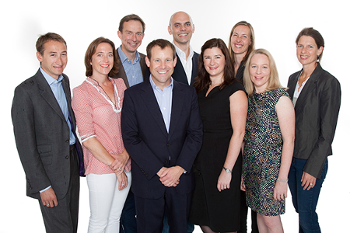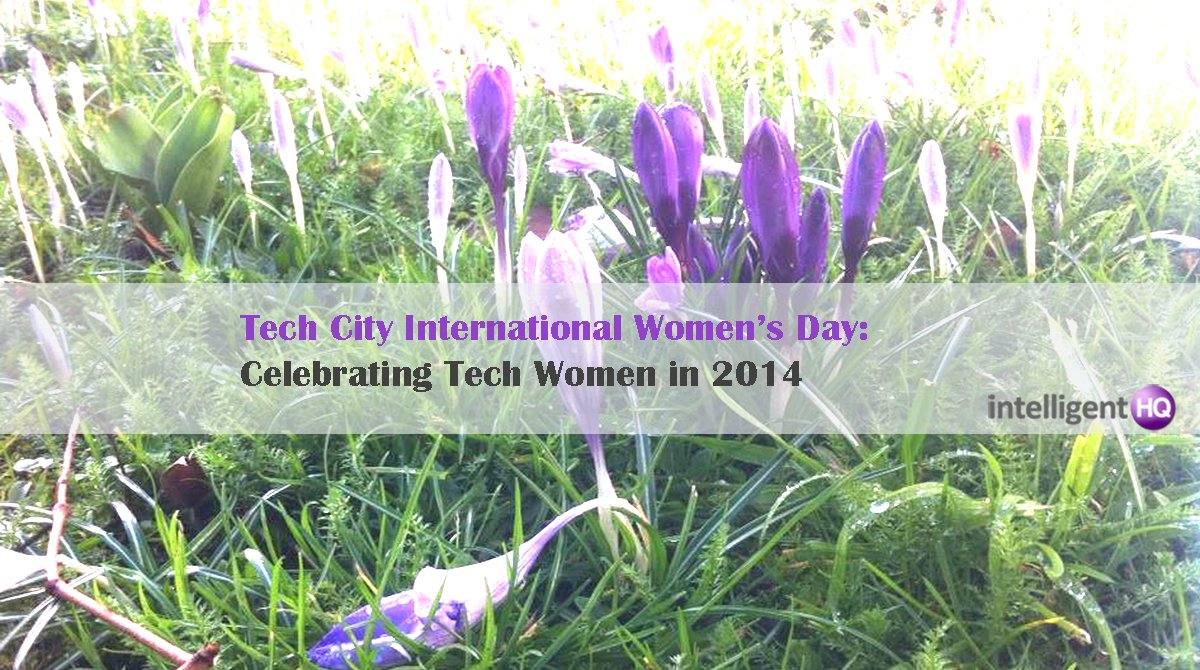Ethereum is a revolutionary concept that is being developed by a 19 year old hacker, named Vitalik Buterin, and it is set to transform a number of different facets of the way in which we do things, according to its founder. At its most basic level, Ethereum is described on its website as being:
“A platform and a programming language that makes it possible for any developer to build and publish next generation distributed applications”.
Ethereum uses “Ether” described as its “cryptofuel” to power the applications that are built on this decentralised network. It is explained by the company’s website that Ethereum could be used for codifying, decentralising, securing and trading anything. Examples that are given include voting, domain names, financial exchanges, crowdfunding, company governance, contracts, intellectual property and smart property. Ethereum uses “Ether” as the payment type. This is a unit of currency like bit coin. This is divided down into smaller units of currency. The names of the different units are finney, szabo, babbage, lovelace and wei. One ether is the equivalent of 1000 finney, and 1000 szabo makes one finney, and so on. The vision of the currency was outlined by Vitalik Buterin and associates in 2013 and early 2014, and it is anticipated that the currency will be released later on this year, or early in 2015.
As explained by Klint Finley of Wired (2014) Ethereum is different from the other cryptocurrencies. In an interview given to Finley, Buterin sees Ethereum as being:
“An online service that lets you build practically anything in the image of bitcoin and run it across a worldwide network of machines”.
Further, while today it is considered to be a platform that stores money and moves this around, according to Finley, Buterin sees it as a system that can be used to develop all kinds of other systems in the future, such as social networks, data storage systems and securities markets. Ethereum is a platform that makes it possible for any developer to write and distribute next-generation decentralized applications.Borrowing the concept of distributed consensus and cryptographic proof that makes cryptocurrencies such as Bitcoin so effective in trustless payments, Ethereum extends the use of these technologies to trustless agreements. This allows developers to easily build innovative new product.
In terms of its functionality, the system could use so-called “smart contracts” which would be able to distribute funds according to agreements. Financial tools on the platform could include joint savings accounts, financial exchange markets or trust funds. The goal is to design the software in such a way that no one is able to cheat it (Finley, 2014).
Buterin’s visionary ideas about Ethereum came to him in 2013 when bitcoin prices went through the roof. At that point Buterin decided to leave university and he spent his time after that travelling around the world, going to various bitcoin meetups and getting involved in open source projects, all of which eventually led to the development of Ethereum. The concept behind this Ethereum approach is that most services currently are centralized and people have to rust those that are running them. Examples provided of this are when you post pictures on Facebook, and when you put money in the bank. However, this trust is often misguided, and the model does not always work. However, with Ethereum the idea is that users do not need to trust developers with any personal information or funds. It addresses the trust issue and provides the opportunity for new types of applications to be developed that had not been conceived of in the past.
In the following video, Buterin explains what ethereum is:
Ethereum has also been described as a publishing platform that is decentralised. However, it is more than that. It is considered to be a network for providing power to Ethereum based contracts. There are some challenges that are anticipated at the outset, and Finley explains that Buterin and his associates are aware of these. There are concerns that “the Ethereum blockchain will quickly grow to an unwieldy size if it gains widespread use”. Additionally security is thought to be a concern at the current time. For obvious reasons Buterin and his team want to get the security right, and for this reason it is explained by Finley that currently the organisation is launching a test network ahead of rolling out the end version. It is anticipated that there will be a lot of bugs at the start. Nonetheless, the project is exciting and could bring sweeping changes to all kinds of different areas. Buterin was recently awarded a USD 100,00 grant awarded by the venture capitalist and PayPal co-founder Peter Thiel fellowship program, just to develop the Ethereum project.
Ethereum’s ultimate proposal that is that its users will be in control and not the government or big companies, explains Finley, which is very appealing scenario to many. It will be fascinating to see how this all plays out.

Paula Newton is a business writer, editor and management consultant with extensive experience writing and consulting for both start-ups and long established companies. She has ten years management and leadership experience gained at BSkyB in London and Viva Travel Guides in Quito, Ecuador, giving her a depth of insight into innovation in international business. With an MBA from the University of Hull and many years of experience running her own business consultancy, Paula’s background allows her to connect with a diverse range of clients, including cutting edge technology and web-based start-ups but also multinationals in need of assistance. Paula has played a defining role in shaping organizational strategy for a wide range of different organizations, including for-profit, NGOs and charities. Paula has also served on the Board of Directors for the South American Explorers Club in Quito, Ecuador.




























